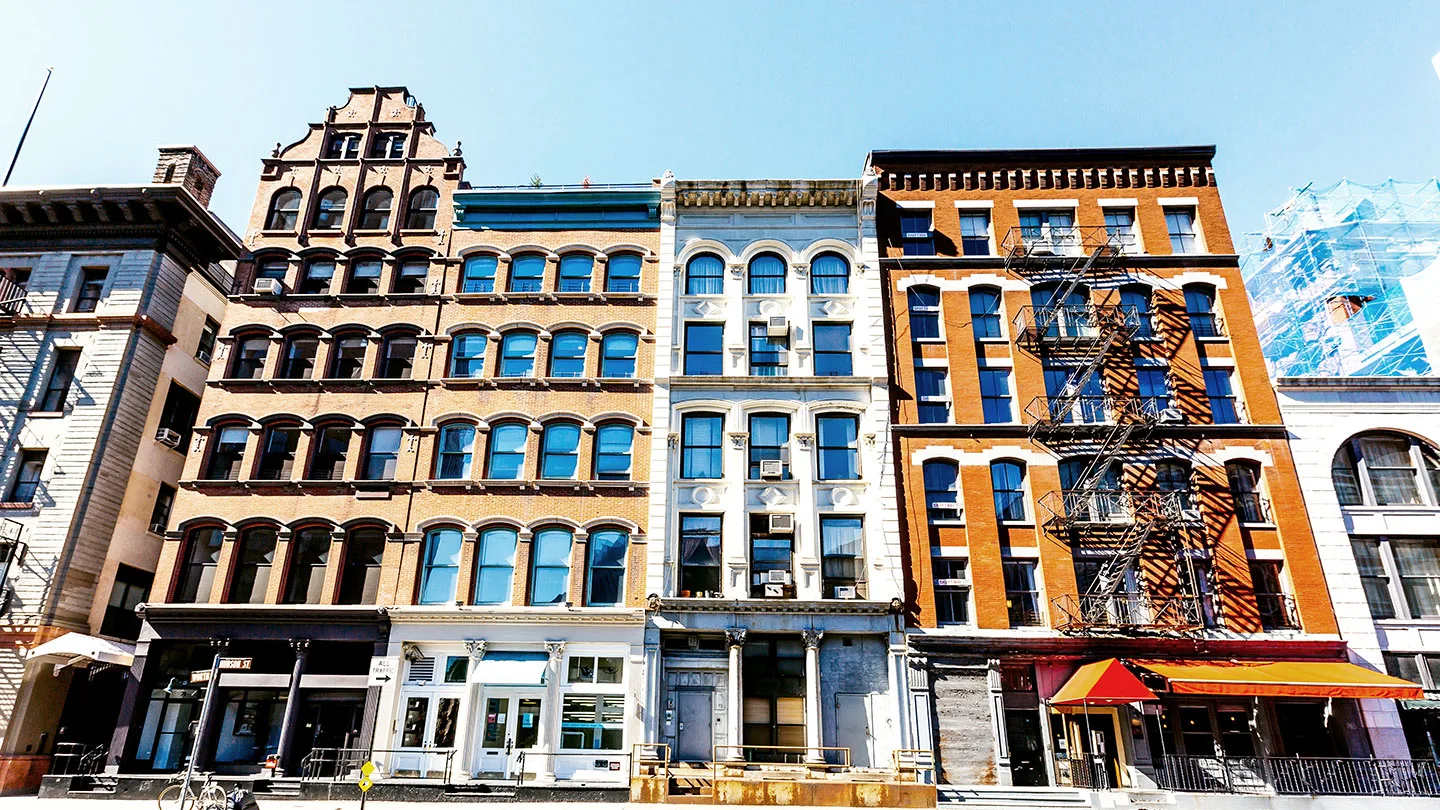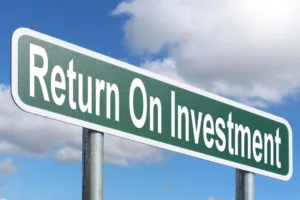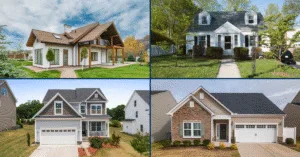Mixed-use is one of those real estate terms that gets thrown around a lot, but not everyone’s sure what it actually means. I’ve had clients ask, “Is this just a building with a storefront and apartments? Or something more?”
The truth is, mixed-use doesn’t have a strict definition. It’s a general term, kind of like how people sometimes use Airbnb to mean any short-term rental, even if it’s not an Airbnb. Mixed-use just means that a property includes a mix of different uses, typically commercial and residential – but there are plenty of variations.
So let’s break down what it really means, how mixed-use properties work, and a few things you’ll want to consider if you’re thinking about purchasing one as an investment.
What Counts as Mixed Use?
The most common example is a property with commercial space on the first floor – maybe a restaurant or retail shop – and one or more apartments above it. That setup is pretty typical in small downtown areas.
But mixed-use doesn’t have to look like that. You can also see things like:
- A car wash and auto garage in the front, with a triplex behind it
- Thirty storage units on one side of the property, and an office or retail space on the other
- A duplex attached to an office building
- A mixed-use community that’s all one parcel with townhomes and a retail strip
There’s no one-size-fits-all. If it blends two or more types of real estate use on a single property, it probably qualifies.
The Benefits of Mixed-Use Properties
One of the biggest advantages is diversity. Having different types of tenants means you’re not putting all of your eggs into one basket.
For example, take a property with a restaurant on the first floor and apartments above. Commercial leases tend to be multi-year, often with built-in escalations, while residential tenants usually sign one-year leases and may turn over every year or two.
You also have some cushion against recessions thanks to the diversity. When the economy isn’t doing great, apartment tenants may miss rent if they lose their job. Meanwhile, if you’ve got the ground-floor restaurant on a five-year lease, there’s a good chance they’ll stay in place and continue paying even as the economy softens. That kind of reliability can balance out some of the unpredictability that comes with residential rentals. Not every sector is affected the same way during a downturn – meaning the more types of tenants you have, the more stable the cash flow could be.
The Downsides (and How to Navigate Them)
Mixed-use properties aren’t without their challenges, just like any other investment type. A few things to consider:
Financing Can Be Tricky
Unlike an all-residential property with 20 identical (or similar) units, a mixed-use building likely has different lease terms for the different uses. That means lenders need to spend a little more time understanding the deal, and not all of them are willing to take the time to look closely. It’s not impossible to finance, but it helps to work with lenders who understand this type of asset.
Property Management May Be More Complex
You’re not just collecting rent and replacing dishwashers. If you have a mixed-use property with commercial space, you’re going to contend with different maintenance requirements and tenant needs. If you self-manage, it’s a little more work and time. If you use a third-party company, make sure they’re equipped to handle the variety and experienced with every tenant type you have.
Vacant Commercial Spaces Can Be A Problem
This is a big one. If you’re considering buying a mixed-use property with a vacant commercial space, don’t assume it will fill quickly. Ask yourself things like:
- How long has it been empty?
- Is the space in a good location?
- Does it have parking?
- Is it reasonably sized?
If you have a first-floor space set up for a restaurant, and your building is in a busy downtown location, you may think that you would have no problem finding a tenant. But if it’s been sitting vacant for a while, look at the bigger picture. It may not have enough parking nearby, it may be too expensive for the type of restaurant that would cater to local clientele, or there may be issues with the gas line to the unit and local chefs know they can’t trust a stove in that building.
A well-leased commercial space is a great asset. But one that’s sitting vacant, especially for a few years, is likely to keep sitting. Look for signs of leasability, not just potential.
Conclusion
Mixed-use properties can offer steady income, tenant diversity, and some natural protection against market swings. But they also come with more complexity, both in financing and management. If you’re thinking about buying one, take a close look at the commercial space and make sure it’s well-leased or genuinely leasable. Our opinion? If the commercial space checks out, the benefits far outweigh the challenges.
Looking at a mixed-use property but want a professional opinion on how it fits into your investing strategy and if the commercial units are sound? Our expert advisors are happy to help. Contact us today to get started.





